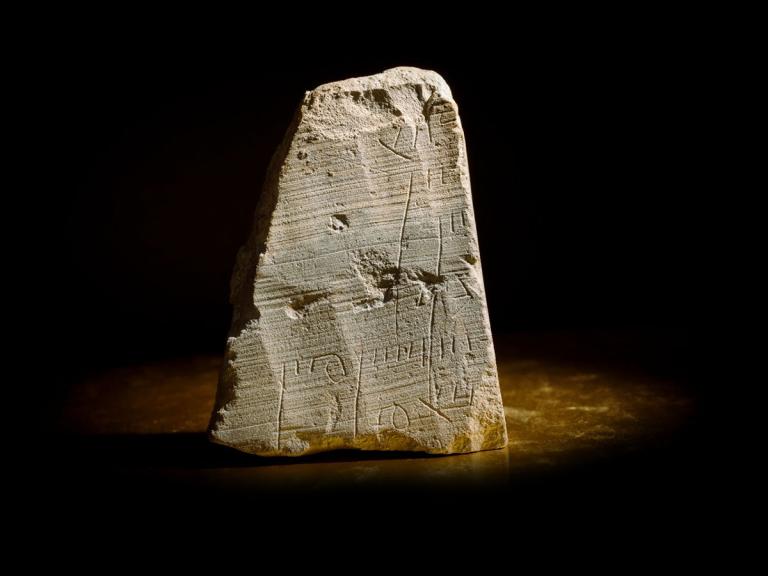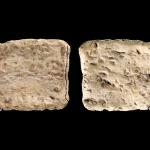
The Israel Antiquities Authority (IAA) posted on its Facebook page that archaeologists had discovered an ancient stone fragment. The finding is a small fragment of a stone tablet written in ancient Hebrew with the name “Shimon” etched on it. Researchers stated that the fragment contained seven partially preserved lines in the lower city square along the Pilgrimage Road in the ancient City of David. The inclusion of some monetary figures led researchers to believe that the fragment is some sort of ancient trade receipt. Researchers dated the fragment as being from the ancient Roman period, making it about 2,000 years old and from the days of Jesus. Researchers also determined that the fragment seemed to be part of an “ossuary,” something similar to a coffin. “We might suggest that our inscription was inscribed by the ossuary craftsman, who documented his sales: money paid or still owed by his clients,” researchers suggested.
Researchers stated that the find is significant because of how ordinary it is. “The everyday life of the inhabitants of Jerusalem who resided here 2,000 years ago is expressed in this simple object,” said epigraphist Professor Esther Eshel of Bar Ilan University. “At first glance, the list of names and numbers may not seem exciting, but to think that, just like today, receipts were also used in the past for commercial purposes and that such a receipt has reached us is a rare and gratifying find that allows a glimpse into everyday life in the holy city of Jerusalem.” Eli Escudo, IAA Director, noted that the discovery underlines just how important the Pilgrimage Road is to archeologists. “The Pilgrimage Road, which is continually being uncovered in the City of David National Park in Jerusalem, is a flagship project of the Israel Antiquities Authority. It is not a coincidence that the many discoveries being revealed in the excavation shed light on the centrality of this road even during the Second Temple period. With every discovery, our understanding of the area deepens, revealing this street’s pivotal role in the daily lives of Jerusalem’s inhabitants 2,000 years ago,” said Escudo.
The Pilgrimage Road is a busy hub of archaeological activity, with 14 excavations underway and 30,000 registered antiquity sites. The road connects the city gate to the Pool of Siloam, where Jesus famously healed a blind man in the book of John. According to the IAA, four other ancient Hebrew inscriptions have been found from this period, but this fragment is the first to be found within Jerusalem. “The combination of the architectural and tangible space of the huge, paved stones of the square that were preserved at the site and the discovery of small finds in this area, such as the measuring table and the new inscription, allow us to reconstruct parts of the incredibly unique archeological puzzle in one of the vibrant centers that existed in ancient Jerusalem,” the post said.


